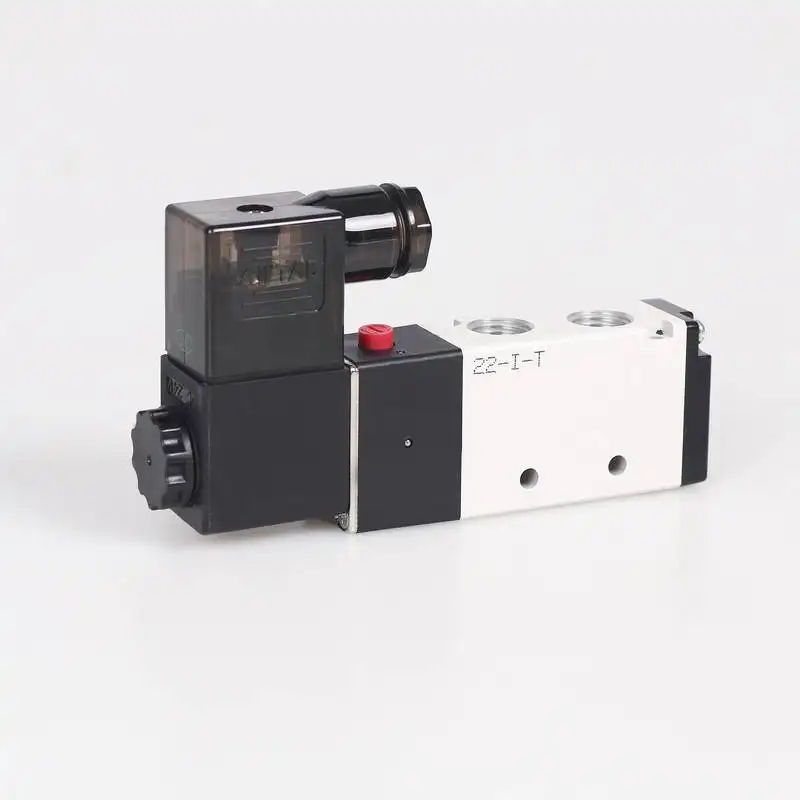Solenoid valve is What category
Solenoid valve is an industrial device controlled by electromagnetism and is a basic component of automation for controlling fluids. It belongs to the actuator and is not limited to hydraulic and pneumatic. Used in industrial control systems to adjust the direction, flow, speed and other parameters of the medium. Solenoid valve can cooperate with different circuits to achieve expected control, ensuring control accuracy and flexibility. There are many types of solenoid valves. Different solenoid valves function at different locations in the control system. The most commonly used ones are one-way valves, safety valves, directional control valves, speed control valves, etc.
Solenoid valves are pneumatic components and are instrument equipment, not electrical equipment. In each manufacturer, they are under the control of the instrument department, and electrical does not care about solenoid valves.

A brief description of solenoid valve types
1. Direct-acting solenoid valve
Principle: When energized, the electromagnetic coil generates The electromagnetic force lifts the closing member from the valve seat and the valve opens;when the power is turned off, the electromagnetic force disappears and the spring presses the closing member against the valve seat and the valve closes.
Features: in vacuum, negative pressure, zero pressure It can work normally, but the diameter generally does not exceed 25mm.
2. Step-by-step direct-acting solenoid valve
Principle: It is a principle that combines direct action and pilot operation. When there is no pressure difference between the inlet and outlet, after power is turned on, the electromagnetic force directly lifts the pilot small valve and the main valve closing member upward in sequence, and the valve opens. When the inlet and outlet reach the starting pressure difference, after power is turned on, the electromagnetic force pilots the small valve. The pressure in the lower chamber of the main valve increases and the pressure in the upper chamber decreases, thereby using the pressure difference to push the main valve upward;when the power is turned off, the pilot valve uses the spring Force or medium pressure pushes the closing member to move downward to close the valve.
3. Pilot solenoid valve
Principle: When the power is turned on, the electromagnetic force opens the pilot hole, and the pressure in the upper chamber drops rapidly, forming an upper, lower, and higher pressure difference around the closing member. The fluid pressure pushes the closing member to move upward, and the valve opens;when the power is turned off, the spring force closes the pilot hole. , the inlet pressure passes through the bypass hole and quickly forms a pressure difference between the lower and upper parts around the valve closing part. The fluid pressure pushes the closing part downward to close the valve.
The above isWhat category do solenoid valves belong to, a brief description of the types of solenoid valves Content introduction, want to know more For more related information, please log in to www.diancifa.cc to view the Shenwei Pneumatic.






 WhatsApp: +8615857777578
WhatsApp: +8615857777578